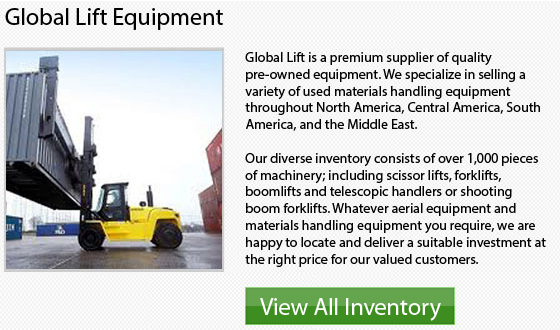
Forklift Engines
Forklifts are classified as small-engine vehicles, the same class in which lawnmowers are categorized. The engines of the forklifts all follow the principles of internal combustion. Different forklift brand names and models will have varying engine layout and design. Forklifts are made more toward generating high torque rather than for speed. They generally are geared to low speeds. The engine powers the forklift's drive wheels. The engine is also needed to lift and lower the forks through a series of chain pulleys. Most modern forklift engines are powered by propane since they will be used indoors, where diesel and gasoline engines will be unsuitable due to the exhaust they generate.
A four-cylinder engine-block is usually found in a forklift. Much similar to the engine in small cars, the engines of the forklift have cylinders which contain pistons connecting to a camshaft. The head of each and every cylinder has an intake hatch, an exhaust hatch and a spark plug, each of them one-way and spring-loaded.
Engine Function
Propane passes through the opened throttle-plate in a fine spray, once the driver starts up the engine of the forklift. This fine spray mixes together with air which comes from the mass air intake prior to moving into the cylinder's head intake hatches. Each one of the four pistons is staggered to rise in an exact sequence, compressing the mixture of propane and air as every piston rises to the top of the head. With timing that is very precise, the battery and alternator of the engine produce an electrical current which passes through the spark plug. The fuel ignites causing an explosion that drives the piston back down to the bottom of the cylinder, resulting in a continuous turning of the camshaft. In the cylinder, an air pressure imbalance causes the the exhaust hatch to draw out exhaust when more fuel passes into the cylinder. Propane burns much cleaner than diesel and gasoline and the exhaust is not as harmful.